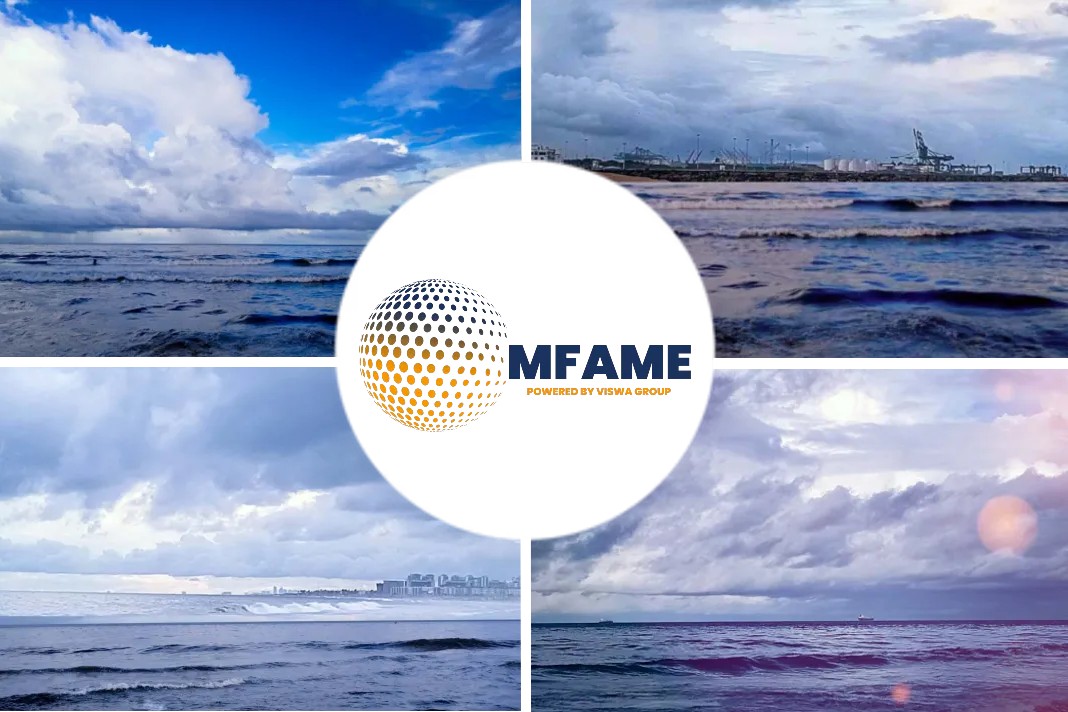Iran, the third largest oil producer in OPEC after Saudi Arabia and Iraq, is producing around 3.70- 3.74 million b/d of crude oil, according to a Platts estimation.
In an era of paltry earnings for shippers, some owners are benefitting from a large freight premium over normal Middle East to Europe voyages even as crude flows from Iran to Europe are starting to drop.
Some shipowners are making huge margins by transporting Iranian crude into Europe as the threat of falling foul of US sanctions scares off rivals with less nerve.
Freight rate bubble
Freight rates for Suezmaxes — which carry up to 140,000 mt or 1-million barrels of crude — on a Middle East to Mediterranean voyage have recently been around Worldscale 30 or $6.94/ mt, according to Platts data.
But shipowners willing to take crude from Kharg Island, Iran’s export terminal in the Persian Gulf, to the Mediterranean are getting rates as high as Worldscale 65 or $15/mt.
Iranian cargoes to the Mediterranean were seeing a Worldscale 10 premium over the normal the Persian Gulf-Med route before the US withdrew from the Iran nuclear deal on May 8.
Insurance caution on shippers
Insurance companies already have a Sanction Limitation and Exclusion Clause, or SLEC, which exempts them from providing any payments or cover in contravention of international sanctions.
Underwriters must not be seen to be insuring something they are not supposed to do and charterers are taking a very cautious line, assuming that only crude cargoes agreed before May 8 are risk-free from the new sanctions, sources said.
“Shipowners do need a warrant from the charterer to say that the cargo you are transporting is for a contract agreed pre-May 8 and will be delivered to a specific refiner,” said one shipowner still operating on the Kharg Island to Mediterranean route.
“So you can’t take a stem from any old charterer and send it wherever they want.”
Key buyers of Iranian crude in Europe are starting to cease imports of Iranian crude for September-loading cargoes as the first round of new US sanctions on Iran begin in a few days.
The US sanctions specifically targeting Iran’s oil sector come into effect on November 4. But the first set of sanctions aimed at Iran’s financial sector starts on August 6. “I see some Europeans trying to find vessels. But I think September is the last month. Even in August, people have reduced further,” said one crude trader.
Exports falling
Iranian crude exports to Europe are beginning to fall sharply ahead of US sanctions but those refiners that have term deals with Iran are still honoring their contracts, sources said.
As a result of these term deals, shipowners have said it is easier to obtain shipping insurance to transport Iranian crude, and they are not worried about flouting US sanctions.
There have been many more cargoes covered since May 8 under existing contracts of affreightment, supply contract to provide a number of vessels in a defined period, with other charterers, sources said.
US sanctions yet to impact
Eni was reported to have taken a vessel on subjects at w65 to cover a stem loading ex-Kharg with August 14-16 loading dates for delivery to the Mediterranean.
Eni representatives were unavailable for comment. Trading sources have said that while shipping and insurance has imposed a higher burden on lifters still willing to take Iranian crude, the strong refinery margins on sour barrels have still made it worthwhile.
This is likely to change as the November deadline approaches, which is when the full weight of US sanctions kicks in.
Europe is an important outlet for the OPEC member, taking around 600,000-700,000 b/d, or one-third, of Iranian crude exports.
Key buyers include Turkey, France, Italy, Spain and Greece. Flows to Turkey and Italy remain quite high, but demand from France, Greece and Spain has begun to fall steadily.
Did you subscribe for our daily newsletter?
It’s Free! Click here to Subscribe!
Source: S&P Global

















